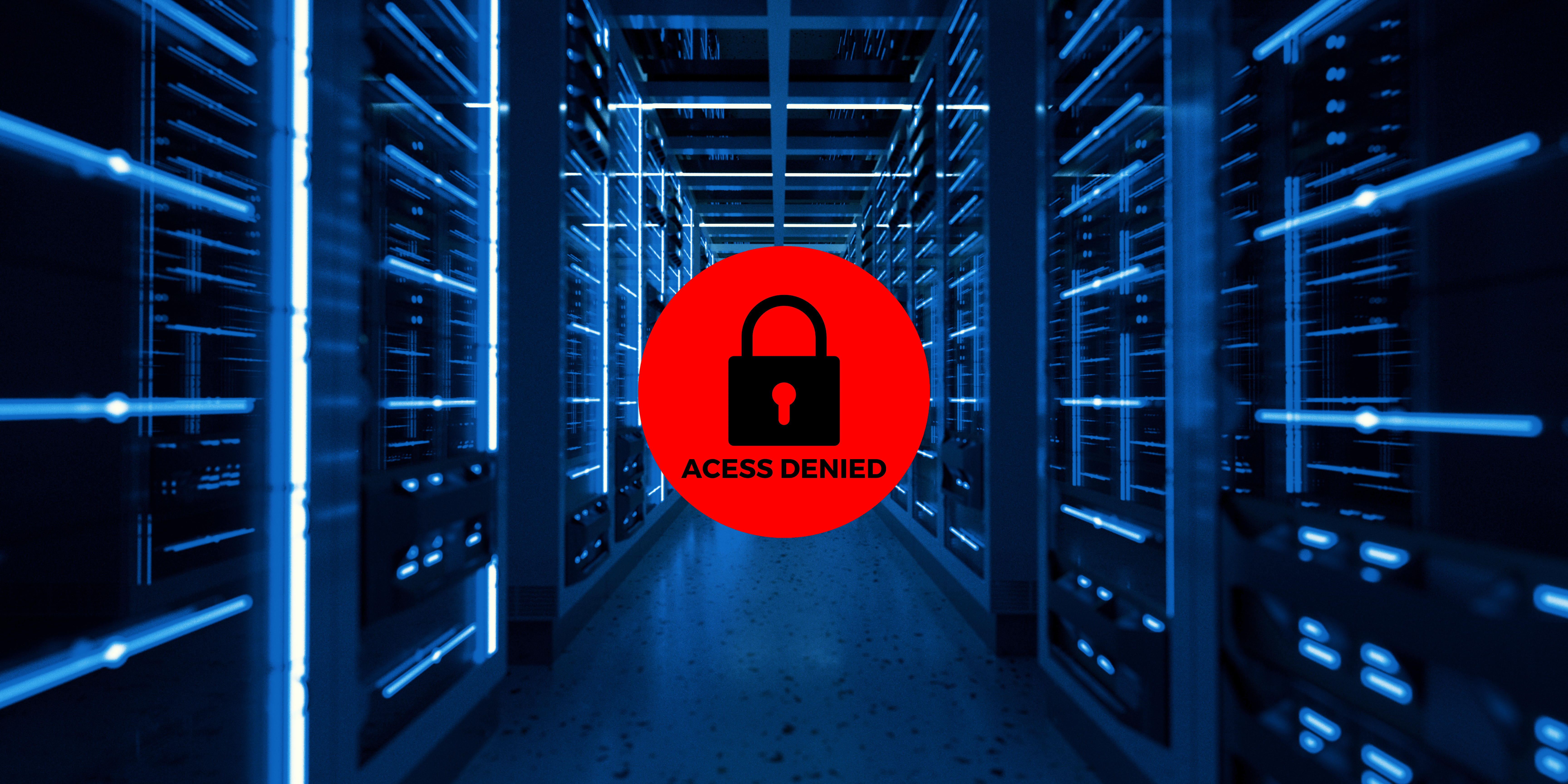To ensure users have access to what they need within your CRM system, it is important to be intentional when setting up permissions. This becomes more necessary the larger your team. Permissions in a CRM system dictate what a user has access to, what they can view, and what they can edit in the system. By restricting permissions, you are limiting parts of the system users can view and interact with.
4 Benefits of Restricting Permissions
Reducing Confusion
When companies have a large system and multiple different processes running, it may become confusing for users. Having access to an entire CRM database could cause users to make mistakes about where they need to look to find or update data. By using permissions, you can restrict user access and make it clear what part of the system they need to do their job. For example, if you restrict a user’s access to only view contacts and not edit them, it will be assumed they shouldn’t be inputting data about contacts for their job, but they may have access to look up contact information as needed.
Limiting Data Mistakes
Another reason to adjust user permissions is to protect your CRM system from data accidents. There are multiple different ways users can inadvertently change data, which may lead to bad or missing data in your system. As an example, if a user is attempting to deactivate or delete a single record, but accidentally selects multiple records at the same time, multiple records will be removed as opposed to just the one intended. Bad data can also occur if a user adds accounts or contacts that already exist in the system under a slightly different name; this creates duplicate records.
Preventing Unnecessary Costs
Adjusting permissions can protect your company from additional costs. For example, one client gave multiple users the important role of System Admin. This elite role gives a user access to change parameters for the entire database, so it should be given to only that person (or persons) who has the authority to change anything in the system – including users and permissions. In this example where too many non-authorized people had System Admin privileges, one user started a new CRM trial without understanding the implications. When the trial expired, the entire company was locked out of their database until that user addressed the problem. TopLine Results was called in to diagnose the problem. We figured it out in short order, but our services were not free. These additional costs could have been avoided if all users were assigned the appropriate permissions, which we always recommend.
Increasing Security
By implementing permissions effectively, you can increase the security of your data. You probably don’t want a CRM user to download all your important accounts and contacts right before leaving your company and moving to a new job. Those sorts of activities can be prevented by limiting permissions for data export. You may also want to restrict key account activity to only the key account and leadership teams. Data should be shared on a “need to know” basis, yet there is a fine line between being too restrictive and too lax. You will need to decide for your own organization where that line is.
To implement permissions in your CRM system – depending on the CRM you are using – you can create roles for users instead of creating permission for each individual user. Then you can assign multiple users to the same role, and each will have the same permissions. For example, to set up a role specific to your sales team, you would assign permissions needed for sales, then assign that role to all your sales users. This simplifies user set-up and allows you to create roles for specific jobs or levels of access in the system.
If you need any assistance with reviewing your Microsoft Dynamics 365, HubSpot, Zoho CRM or Act! user permissions, contact TopLine Results at 800-880-1960 or email info@toplineresults.com. We’d be delighted to help you think through and implement your CRM access and security strategy.

